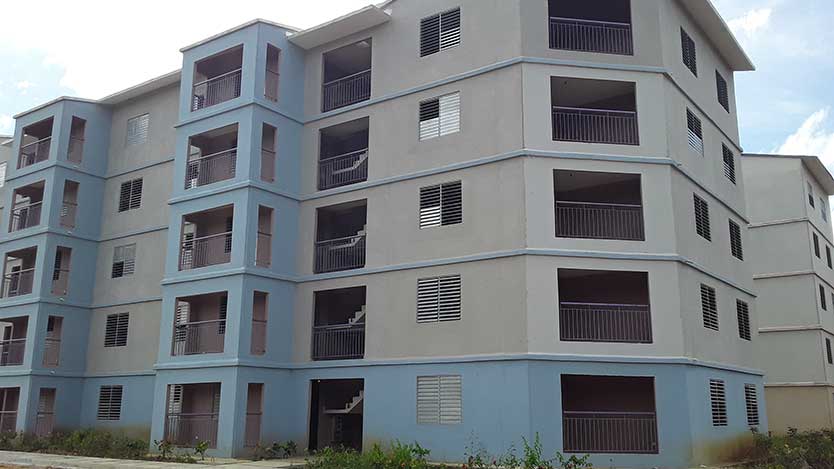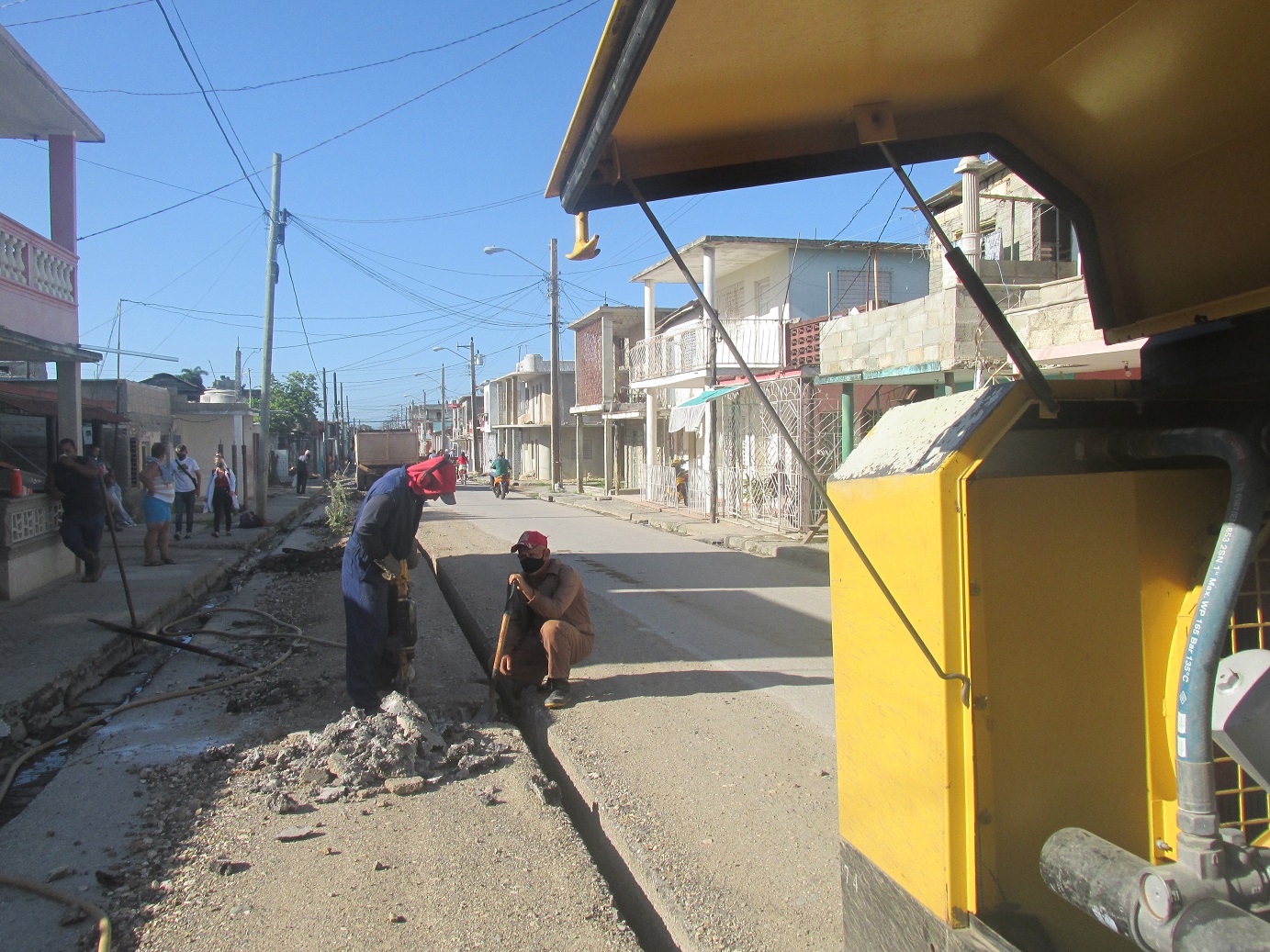Works to bring water to residents of a high area of the city of Ciego de Ávila (Photo: Ortelio González Martínez)
El Viejo Espigón, La Grúa, la Piñera, Llega y Pon, Las Yaguas, Sao Palma, Vallina, like other neighborhoods in the province, were born to the rhythm of the night.
Six, seven or eight hours were enough for the night effort to turn into a hut, into houses made of board or cardboard, only with what was necessary to live. Sometimes it is not enough.
Those who could built homes that are more comfortable, mixed them with the others and expanded the jurisdictions.
“People come from different places and settle where it suits them. You see the neighborhood grow, you see it spread, and so the citadels and unhealthy suburbs are born. Some begin to improve the houses and, later, to ask for the current, to fix the streets, make the sidewalks, "Claudina, an old woman with plenty of energy to say and do, says.
"Battered houses are washed away by cyclones", Claudina's logical conclusion.
«REMOVE A PIECE FROM EACH PROBLEM»
When the fierce Hurricane Irma hit the province, those same dilapidated homes were the ones it wiped off the map. Irma also did it with others of better quality, which gave way to the fierce wind, both in Punta Alegre, to the north, and in Palmarito, a southern neighborhood in the town of Júcaro. In Palmarito, 93 of the 102 total landslides reported were reported in Júcaro, a low area where the sea entered as "Pedro through his house."
However, the province is much more than Punta Alegre, Júcaro or Palmarito.
The cyclone left 31,540 damaged homes in Ciego de Ávila, of which more than 70% percent have been restored so far, but there is still a long way to go in terms of the construction of these properties, much more, in the revitalization of remote communities due to the large amount of accumulated lawsuits over time.
All efforts aimed at improving the living conditions of the residents of neighborhoods and communities were paralyzed at different times, due to the economic complexities that the country is experiencing; also due to the impossibility of complying with a coherent program, which extended its tentacles until it hit roads, hydraulic networks and sewers, among other infrastructures.
"Take a piece out of every problem," a maxim coined by Cuban President Miguel Díaz-Canel, is applied in the province.
At the end of November 2019, the top political leader, when leading an analysis on the Housing Program in the territory, urged the cadres of the Communist Party and the Government in Ciego de Ávila to always think about the people with the greatest needs, most beyond the cold numbers of the plans.
Both concepts have become a driving force in neighborhoods and communities. Besides, they are contained in a program of mutual rapprochement: leaders and neighbors intermingle in the neighborhood and both learn, because one is part of the other.
A PROVINCE IS THE SUM OF THE NEIGHBORHOODS
This is how the transformation of the communities in Ciego de Ávila begins, where hundreds of people work, including more than 200 young people who are part of the Youth Social Work Brigades, scattered throughout the geography of Ciego de Ávila. A province is the sum of the neighborhoods, although to tell the truth "it is not easy to get to all places with the same speed, but we try", Aramís Hernández Rodríguez, Coordinator of Programs and Objectives of the Provincial Council of People's Power, explains.
One of these days in September, the members of the integrated community work groups came to Jagüeyal and together with the residents, they addressed important issues. Some of them are the repair of the school and recreational and sports facilities and the terrible state of the roads, which makes ambulances entry difficult or prevents, in the rainy season, the access of carriages with food to a warehouse in a distant town.
Investments that beyond hopes are almost certainties, such as the soon delivery of a building of 20 apartments in the community of Ramón Domínguez de la Peña (Macizo Cañero) that, shortly, will be added to another 40 delivered to victims of cyclone Irma, above all, those of Palmarito, the neighborhood hit by the sea and that many people now refuse to leave, despite warnings that what happened could occur again, as it is a vulnerable area prone to flooding, included in the map of the State Plan —Life Task—.
The community work strategy also has among its priorities the change of habits, lifestyles, with a multisector work in which the CDR, the FMC, Health Institution, community, social workers participate ..., with the contribution of the neighbors themselves, many of whom do not always help, knowing that the need is not only for resources, but also for manpower.
Every Sunday, in a kind of cleaning marathon, authorities of the territory at different levels —province, municipalities, Popular Councils, Defense Zones along with the population, fill the neighborhoods, the streets, painting the sidewalks, cleaning the areas and other useful tasks in the community.
Luis Pérez Olivares, director of Community Services Company in the province, talks about the 10 rehabilitated parks in the capital city and several municipalities, highlighting Florencia, Bolivia, Ciro Redondo and Primero de Enero; for the days of beautification, cleaning. Ciego de Ávila changes, not at the rate we would like, but it changes.
Regional chauvinism aside, it is an almost generalized appreciation that in Ciego de Ávila there is an increase in work, more, after a certain drop in forces due to COVID-19, a pandemic that the province suffered, today with a lower rate of infestation.
Nowadays, even, the construction of 822 basic cells, 675 houses by the state route and 92 by own effort is not renounced, plans that are far from the real needs of the province, but goals that take a bit out of the problem.

Homes in the Ramón Domínguez de la Peña community will soon join others already given to victims of Hurricane Irma (photo: Alden Hernández)

